Gearbox Vs. Gearmotor: Clearing up the Confusion
When it comes to industrial machinery and equipment, understanding the difference between a gearbox and a gearmotor is crucial. These components play a significant role in the operation and efficiency of various systems, but many people often confuse the two. In this article, we will delve into the definitions of gearbox and gearmotor, explore their differences, and highlight the benefits of using gearmotors in maintenance operations. Whether you are a maintenance supervisor dealing with equipment breakdowns or facing time constraints, this article will help clear the confusion surrounding these essential components.Understanding the Gearbox
A gearbox, in its essence, is a sophisticated mechanical assembly encompassing a sequence of gears housed within a specific enclosure. It plays a pivotal role in machinery by adjusting torque and speed from a driving force to a target load. This adjustment is crucial for enhancing efficiency and performance in industrial operations. Gearboxes achieve this through the reduction of speed, which amplifies torque output, making them indispensable in applications requiring significant power adjustments. They are highly versatile and have several variations, each designed to fulfill distinct operational demands. Depending on their configuration, gearboxes can be categorized by their transmission type—including gear, worm gear, and planetary reducers—by the number of stages in the transmission, the shape of the gears they house, and their layout arrangement. This diversity allows for tailored solutions across various industrial applications, ensuring that machinery operates optimally. Understanding the fundamental role and the different types of gearboxes available is critical to selecting the suitable component for any given application, ultimately impacting the performance and efficiency of the equipment it is part of.
SEW Larger Gearboxes
Exploring the Gearmotor
A gearmotor integrates an electric motor with a gear reducer in one compact unit, streamlining power transmission solutions. This integration facilitates a seamless blend of motor and gear functionalities, simplifying the design and application process. Geared motors are available in several configurations, including AC induction, permanent magnet DC, and brushless DC, catering to a broad spectrum of operational needs. The inclusion of the gear reducer directly with the motor eliminates compatibility concerns, ensuring efficient and effective power usage. This configuration not only enhances operational efficiency but also contributes to a reduction in mechanical complexity. With fewer components required for assembly, the potential for misalignment is significantly minimized, reducing wear and maintenance needs. The design of gearmotors addresses key operational challenges by offering a solution that is both space-saving and capable of delivering precise power management. This characteristic is particularly beneficial in environments where space is at a premium and operational efficiency is paramount.
The Benefits of Using Gearmotors
Gearmotors offer substantial advantages in terms of operational efficiency and maintenance simplicity. By combining a motor and gearbox into a single unit, these components streamline the power transmission process, which translates to improved performance and reliability. The integrated design of gearmotors minimizes the risk of misalignment—a common issue with separate motor and gearbox systems—thereby reducing wear and extending the lifespan of the device. This alignment precision is crucial for maintaining consistent operation and minimizing the need for adjustments and repairs. Additionally, the compact nature of gearmotors saves valuable space within machinery layouts, an essential factor in cramped industrial environments. They also contribute to quieter operation thanks to their refined design, which includes fewer moving parts and optimized gear engagement. With these attributes, gearmotors present a compelling solution for applications requiring efficient, reliable, and space-efficient power transmission capabilities. Their use can significantly mitigate common pain points in maintenance, such as frequent breakdowns and the high costs associated with downtime and repairs, making them a preferred choice for streamlining operational processes.
Gearbox and Gearmotor Applications
In diverse sectors such as automotive, aerospace, construction, and renewable energy, gearboxes and gearmotors play critical roles. Gearboxes are indispensable in situations requiring torque amplification, such as in lifting mechanisms of cranes or the drives of heavy-duty conveyors, where their ability to adjust speed and manage high torque is vital. On the other hand, gearmotors, with their compact and efficient design, are ideally suited for precise speed control applications. They are frequently found in automated guided vehicles (AGVs), packaging machinery, and robotics, where space is limited and the precision of movement is critical. The integration of motor and gearbox in gearmotors allows for more streamlined design and installation, providing an optimized solution for applications where efficiency and space utilization are of paramount importance. Their widespread use across various industries highlights their versatility and their critical role in enhancing productivity and operational efficiency.
Choosing the Right Component for Your Needs
Selecting the ideal component, whether a gearbox or a gearmotor, hinges on understanding the unique demands of your application. Each offers distinct advantages tailored to different operational scenarios. In environments where space is at a premium, the compact and efficient design of gearmotors might be the perfect fit, seamlessly integrating power and precision in one unit. Conversely, for applications necessitating significant torque adjustments or dealing with extremely heavy loads, a standalone gearbox may provide the flexibility and performance required.
Key considerations in this decision-making process include not only spatial constraints but also the desired efficiency, load capacity, and the specific nature of the task. With their various configurations, Gearboxes offer a level of customization in speed and torque management that can be critical for specialized machinery. On the other hand, gearmotors are celebrated for their ease of integration and reliability, offering a streamlined solution that reduces the complexity of design and maintenance.
By partnering with a respected provider like Mallot and SEW-EURODRIVE, you gain access to an extensive portfolio of gearmotors and gearboxes designed to meet a broad spectrum of industrial challenges. Their expertise ensures that you select a component based on its technical specifications and proven ability to enhance operational efficiency and reduce downtime. This careful consideration and selection process is crucial in optimizing the performance and longevity of your machinery, ultimately contributing to smoother operations and lower maintenance costs.
SEW Gearmotor


